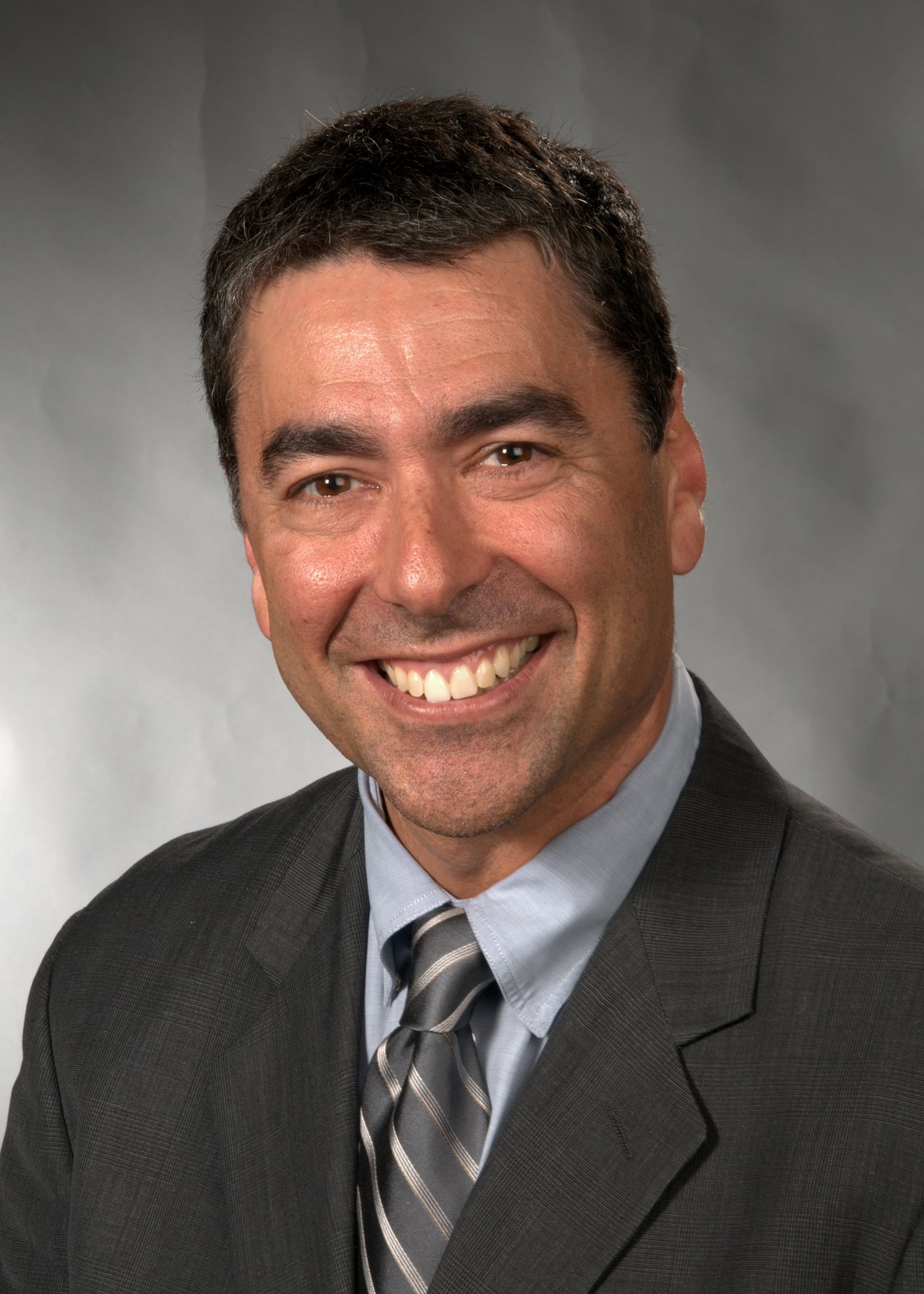The Benefits of Recording Conversations Between Patients and Doctors
Providing these recordings ensures that patients have an accurate to source to reference after a visit with a doctor.

The pros versus cons of recording a patient-physician interaction, be it during a face-to-face clinic visit or in the operating room during surgery, lean to the pro side. Per study results and conversations with experts, these recorded interactions help patients remember instructions while informing family members and caregivers of the patients’ situation, allow surgical teams to witness distractions, errors and undesirable events, as well as quantitatively assess adherence to surgery checklists. Recordings also train surgical residents.1,2,3
The cons, however, are preventing widespread use of recordings in both the examination room and in the operating room, especially in the former. Liability concerns, financial responsibility, and ensuring transcription accuracy are all reasons cited for keeping physician-patient conversations in verbal mode.
That doesn’t mean physicians are not interested. A 2017 JAMA4 article that discussed state laws regarding the legality of patients recording physician conversations garnered 48,394 views. A 2018 survey5 of 456 clinicians and 524 public respondents showed that while 28% of physicians had recorded an appointment for their patients’ use, 49% said they would consider doing so in the future. As for patients, 19% had recorded conversations, including 2.7% who had done so secretly. Additonally, 66% said they would like to do so in the future.
The physicians interviewed for the article, each in different facets of the healthcare industry, said the dearth of institutions, healthcare systems, and physicians’ offices recording physician-patient interactions create a lost opportunity to make medical care more efficient. It would also help patients, who are notorious for not remembering what was discussed and decided upon during an appointment.
“It is a tense area downside for doctors,” Glyn Elwyn, MD, the Dartmouth Institute for Health Policy and Clinical Practice, said during a visit to Dartmouth College. Elwyn, a co-author of the JAMA paper, said physicians get defensive and don’t want patients recording them in case they do something wrong.
“If you are not confident, you shouldn’t be saying it,” he retorts.
“Patients are blown away by it,” says David Langer, MD, chief of Neurosurgery at Lenox Hill Hospital. “[Recording conversations] solves problems they didn’t know they had.”
However, there is concern over who will pay for it. Patients don’t want to, and healthcare providers aren’t interested.
“It makes so much sense,” says David L. Feldman, MD, MBA, FACS, chief medical officer for The Doctors Company and TDC Group. “They think [the recordings] will be used in a lawsuit. But most of the time, we do the right thing, we just have a hard time proving it. If you see patients all day, you” often don't have time to update the EHR with all the necessary information.
The technology
Recording a patient-physician conversation can be done in various ways, from simple methods such as using a smartphone, to more costly and tech-driven platforms that are integrated into the health system’s EHR. Playback Health, which was co-founded by Langer in 2018 after 10 years of development makes a downloadable app that physicians and patients can tap into for audio, video, and screen captures.
David Langer
Chief of Neurosurgery
Lenox Hill Hospital

Abridge, according to the Abridge website, is AI-driven, producing distinct notes for doctors and patients. It also can be integrated into EHR systems. One adviser to Abridge is Elwyn, who has been researching physician-patient interactions for at least 20 years, with much of his work focused on patient decision aids. Another recorder is called DeepScribe, an AI-driven, natural language audio recording product meant only for physicians. It also integrates into an EHR system.
Langer has been making videos for patients since 2009. Today, a few departments within Northwell Health use Playback Health.
“We are still nascent,” Langer says. “Healthcare is resource poor, and people are reluctant to change workflows.”
Feldman, a plastic surgeon, said he is working with Surgical Safety Technologies, maker of the OR Black Box. By recording all that goes on, surgical staff can learn how to communicate better. “Surgeons need help in talking with their colleagues to understand how to improve the OR culture.”
They might also want help in keeping distractions to a minimum. Jung et al2 looked at 132 consecutive surgeries, recorded with a black box, and determined that the median number of distractions–people in and out of the surgical suite, for example–was 138 per case.
Operating room recordings can show which instruments are used the most and least, explains Langer. If they aren’t needed, there is no reason to sterilize them. “It’s a waste of resources,” he says.
A Becker’s Hospital Review published in March, citing a Wall Street Journal article, says that 24 hospitals in the states, Canada and Western Europe use these recording systems.6
As of September, 11 states have mandated that all persons on a phone call or involved in a conversation must give their consent to record a conversation. Those agreed-to conversations, containing documented evidence of good practice, should stand in the court of law, Elwyn says.
“If there is consent from the patient and the doctor, I don't see why not,” Elwyn continues. “They become evidence.”
A looming question is ensuring that any transcription made of a conversation, whether it’s the whole thing or just the summary, is accurate. With Abridge, Elwyn continues, a transcription is created, and the physician must sign off on its accuracy. Playback is currently working to create transcriptions.
It is the level of confidence in the technology, Elwyn says, that will determine the technology’s future.
Langer and Feldman bemoaned the loss of narrative that EHRs have taken away. They see the use of the recorded conversation to get that back. Langer also said that by recording the patient encounter, the patient history and physical exam results would be readily available, which would allow the use of decision support tools to help with diagnoses. Now, he said, “We tend to rely on fancy tests.”
References
- Al Abbas, A, Sankaranarayanan, G, Polanco, PM, et al. The Operating Room Black Box: Understanding Adherence to Surgical Checklists. Annals of Surgery 276(6):p 995-1001, December 2022.
- Jung, JJ, Jüni, P, Lebovic, G, Grantcharov, T. First-year Analysis of the Operating Room Black Box Study. Annals of Surgery 271(1):p 122-127, January 2020.
- Warehime JM, Lenger SM, Feng XY, et al. Video Playback as an Educational Tool for Improving Resident Laparoscopic Performance: A Randomized Controlled Trial. J Minim Invasive Gynecol. 2023 Jan;30(1):39-44.
- Elwyn G, Barr PJ, Castaldo M. Can Patients Make Recordings of Medical Encounters? What Does the Law Say? JAMA. 2017;318(6):513–514. doi:10.1001/jama.2017.7511
- Barr PJ, Bonasia K, Verma K, et al. Audio-/Videorecording Clinic Visits for Patient's Personal Use in the United States: Cross-Sectional Survey. J Med Internet Res. 2018 Sep 12;20(9):e11308.
- Taylor, M. ‘Black boxes’ make their way into hospital ORs. Becker’s Hospital Review.March 20, 2023.
FDA issues de novo clearance for SonoMotion’s Stone Clear device, for kidney stone treatment
Stone Clear is the first and only device cleared by the FDA that uses external ultrasound pulses to facilitate passage of post-lithotripsy kidney stone fragments without surgery.